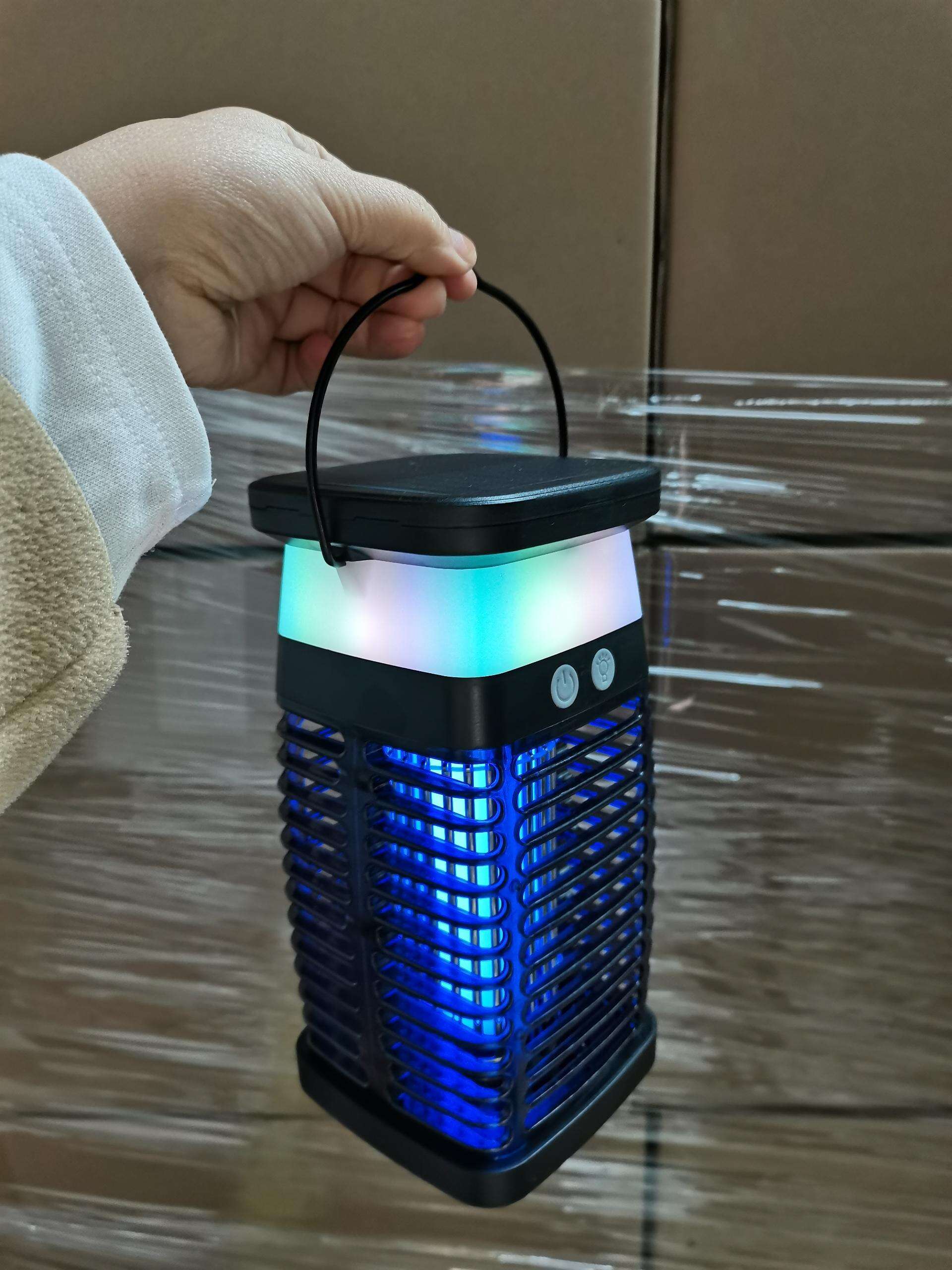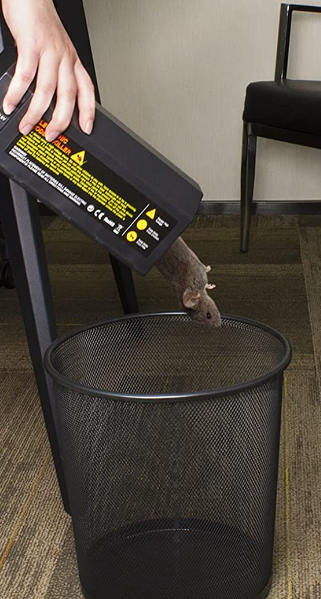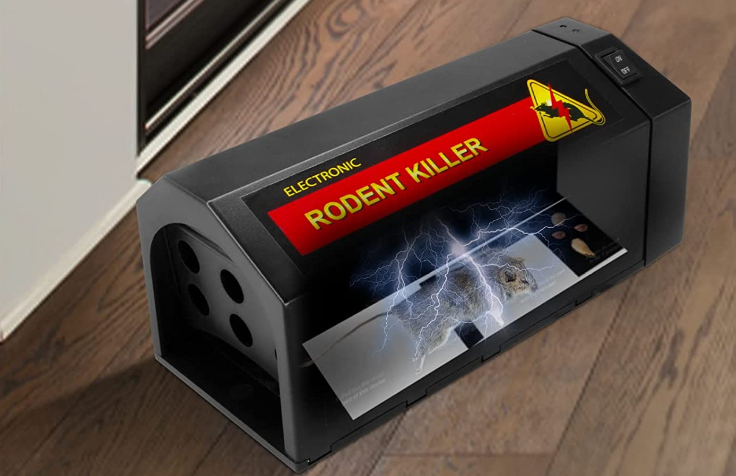Konečná príručka k účinnej kontrole škodcov v priestoroch
Úvod
Ahojte, nadšenci vonku! Pozeráš sa na epizódu Zápodných vetráčov, som si istá, že máš milión lepších vecí na práci. Urobte, čo môžete s rukami, ktoré máte, a dovoľte nám, aby sme vás viedli cez kontrolu škodcov vonku. Pripravte sa na pěst do putá, bitku, charizmu, pach hmyzu s najslabšími, najšpinavšími muchami, ktoré ste kedy udreli do brucha. Najmiernejší vegetariáni, ktorí jedia vaše rastliny je čas naučiť sa pravdu o našich domácich a záhradných kamarátoch. Pripravte sa na svoje vojenské rukavice.
Zoznámte sa s bežnými škodcami
Toto je z základov, musíme vedieť o našom nepriateľovi. Myslím tým, premýšľajte o tom máte grilovanie a jedlo von a zrazu máte vízie nepozvaných hostí mravce s kuchármi v vleku, v krídelách šprintujúcich mývalov to nie je pekný pohľad!
Môžu to byť napríklad hlodavci, ako myši a potkany; hmyz, ako komáre a mravce; a dokonca aj škodcovia divokej zvery, ako je veverička alebo mýval. Nikto z nich nemá rovnaké návyky, rovnaký vkus, rovnaký spôsob, ako robiť veci, ale všetci majú jeden veľmi všeobecný spoločný bod: správajú sa, akoby ste vyrastali proti stene politík mieru a slobody, ktoré hovoria tak jasne a hlasno ako toto.
Ako zabrániť škodcom vonku
Teraz, keď vieme, kto sú tí zloduši, máme nejaké spôsoby, ako ich od vás udržať. V vonkajších priestoroch je kontrola škodcov zameraná na vykonávanie environmentálnych úprav a preventívnych opatrení. Tajomstvom je urobiť zo svojho dvora najnežiaducejšie miesto pre týchto vniklivých škodcov.
Úprava krajiny pre kontrolu škodcovZačnime s tým, čo vlastne vaša úprava krajiny robí. Vyberte si rastliny, ktoré odstraňujú hmyz. Napríklad, ružeľ je repelentom komárov a levanduľa je úžasným repelentom hmyzu. Takže ostrihajte tie kríky, koste trávnik, háčkate stromy dobre upravený dvor je posledným miestom, kam škodcovia patria.
Druhou fázou je hygiena. Ten odpad? Päť hviezdičiek pre chrobáky. Zbavte sa ho, nechajte ho opraviť. Jedlo uchovávajte v uzavretých nádobách a rýchlo vyčistite všetky rozliaty a roztopené potraviny. Upratovanie je špinavá záhrada, zvyknite si na mŕtvych.
Fyzická prevencia: Ďalšia prevencia je vytvorenie fyzických bariér. Ohrady môžu držať väčšie škodcov ako mýval a obrazovky na oknách a dverách môžu držať hmyz z domu. Skontrolujte, či nie je vchody z samotného domu, napríklad medzery v základoch alebo vstup cez strešné okno prázdny priestor v vchode a oknách a zistite dôvod, prečo prichádzajú. Mysli na to ako na hru drž sa ďalej. Si quarterback a škodcovia sa snažia ukradnúť ti kožu.
Prírodné metódy kontroly škodcov
Ak nemôžete dôverovať skúseným ľuďom, potom nie je správne, čo sa deje, keď sa hovorí, že musíte používať chemické látky, aby ste zabránili hmyzu v rozbivaní vášho majetku. Bez chemických sprejov, ktoré znečisťujú vzduch, sa môžete zbaviť seba, svojej rodiny a domácich miláčikov, alebo spoľahlivej ochrany pred škodcami. Nie len toto. Nielen to, ale z hľadiska nákladov je to tiež oveľa lacnejšie; na konci nájdete len málo iných nákladov, ktoré klesnú niekde v okolí 16 centov.
Prírodné predátory: Priveďte prírodné predátory do svojho dvora!! WR: Laskyne alebo vrany chytajú chrobáky počas letu a keď sa tiež môžete dozvedieť, že sú na streche s vecami, ktoré zostávajú nevyhnutné z vášho domu, a žaby tiež jedia všetko, čo chcete. Niektoré druhy žab a jašteriek sú odborníkmi na kontrolu populácie komárov a iných škodcov. Poskytnite vhodné biotopy, ako sú domy pre vtáky a malé rybníky, kde sa tieto prospešné tvory zhromažďujú.
Používa sa ako repelent pre rastliny a zasadené: Niektoré rastliny a botanický materiál budú odpuzovať. Niektoré byliny, vrátane rozmarínu a máty, odstraňujú hmyz a môžu sa pestovať na okraji mesta; to isté platí o rastline citronella, ktorá pomáha vyhnúť sa komárom. V podstate dáva vašej záhrade prirodzený parfém, s ktorým sa žiadny škodca nedokáže vyrovnať.
Zmeňte prostredie: A nakoniec, ale nie v neposlednom rade, zmente prostredie na niečo menej príjemné pre škodcu. Sú to veci ako roztrhanie prostredia, odstránenie možných miestach na plodenie alebo možné svetelné a vlhké podmienky. Odložte vedra a nádoby, ktoré zbierajú dažďovú vodu, napríklad komáre sa množia v pokojnej vode.
Záver
To je ono! Preto je to náš najvyšší sprievodca v oblasti kontroly škodcov vonku. Koniec koncov, prevencia je lepšia ako liečba, nie? Vyčisti záhradu a urob trochu záhradníctva na kreslíkoch alebo nech profesionáli idú pracovať, kde je to vhodné! A trochu umenia klamstva môže zakryť povahu toho, že sa musíte deliť o svoju pokojnú záhradu. Ustúpte, radšej si nájdite svoju vlastnú zem.

 EN
EN











































 ONLINE
ONLINE